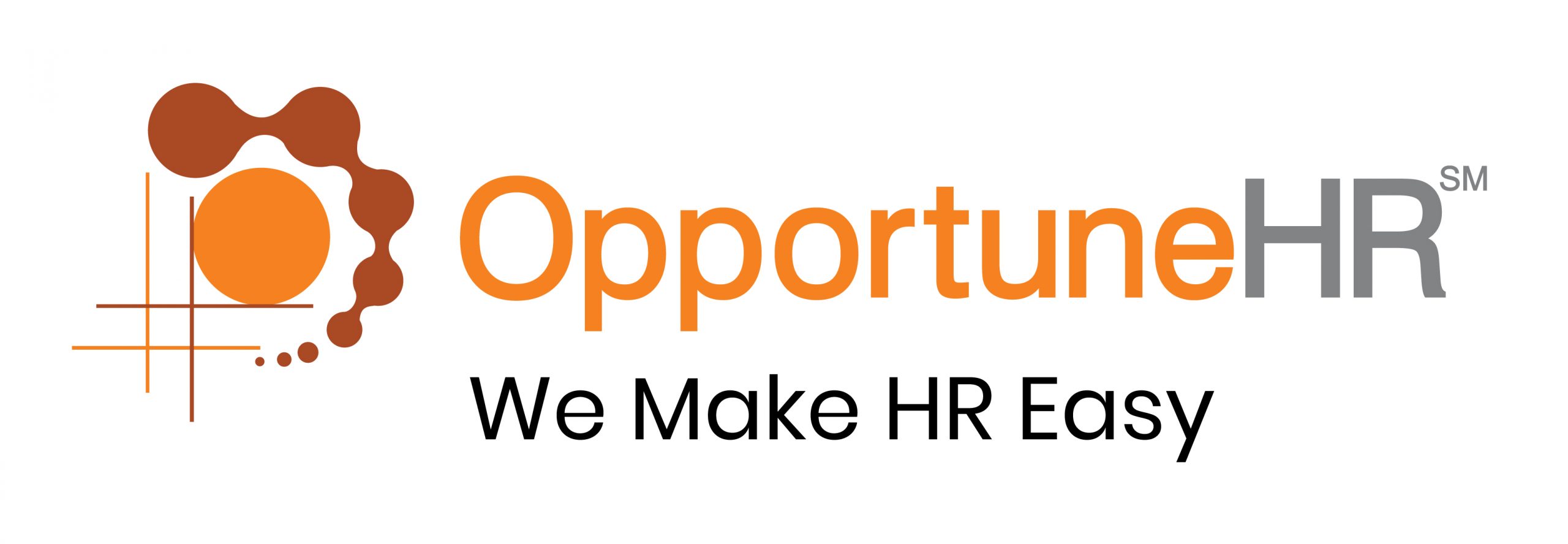
Discover Why OpportuneHR is the best HRMS Software in India! Schedule a Demo OR Call us @ +91 7700-954949

Fix an Appointment
Download PDF
PMS
Performance Management System (PMS)
Performance Management System is popularly called PMS. It refers to processes and tools used by organisations to measure, evaluate, and improve the performance of their employees. The primary goal of a PMS is to align individual employee goals with the overall objectives of the organisation.
A Performance Management System focuses on the organisation’s goals, and the skills and competencies necessary to achieve them. It plays an important role in employee growth on one side and organisational development on the other. It influences various HR activities in the organisation. Like, training and development, rewards and recognition, and goal setting for the individual as well as.
A robust Performance Management System enhances employee engagement, improves productivity, identifies skill gaps, and fosters a culture of continuous learning and development.
KRA
KRA stands for Key Result Area in the context of PMS, which stands for Performance Management System.
A KRA is a specific area or task that an employee is responsible for, and it is directly related to the goals and objectives of the organisation. KRAs are used to evaluate an employee’s performance during the performance appraisal process.
The main purpose of setting KRAs is to ensure that employees are aware of their roles and responsibilities within the organisation, and what they need to achieve in order to contribute towards achieving overall organisational goals.
Goals
Goals are desired outcomes or targets that an individual, team or organisation aims to achieve within a specific timeframe.
In the context of performance management, goals are used to measure an employee’s progress and contribution towards achieving the overall objectives of the organisation. Goals should be specific, measurable, achievable, relevant and time-bound (SMART).
By setting clear goals for employees, managers can provide direction and focus on what is important to achieve both individual and organisational success. Effective goal-setting helps to align personal goals with organisational objectives while also providing a sense of accomplishment when those goals are achieved.
Balance scorecard
The Balanced Scorecard is a strategic management tool that organisations use to communicate and measure progress towards achieving their goals.
It was developed by Drs. Robert Kaplan and David Norton in the early 1990s, and it provides a framework for measuring performance across four key perspectives: financial, customer, internal processes, and learning and growth.
The financial perspective measures an organisation’s financial performance by tracking metrics such as revenue growth, profitability, and return on investment.The customer perspective measures how well an organisation is meeting the needs of its customers through metrics such as customer satisfaction, retention rate, and market share.
The internal process perspective measures the effectiveness of an organisation’s business processes through metrics such as cycle time, quality assurance, and cost control.
Finally, the learning and growth perspective measures an organisation’s ability to innovate and improve through metrics such as employee engagement, skills development, and knowledge management.
By using the balanced scorecard approach to measure performance across these four perspectives, organisations can gain a more comprehensive understanding of their current state while also gaining insight into areas where they need to focus in order to achieve their strategic objectives.
Weighted Average
Weighted average is a statistical measure that takes into account the importance, or weight, of each value in a data set. This type of average is calculated by multiplying each value in the data set by its corresponding weight, adding up all the products, and then dividing by the sum of the weights.
For example, let’s say you have three grades: an A worth 4 points, a B worth 3 points, and a C worth 2 points.
The weighted average for these grades will depend on how much each grade is weighted towards your final grade. Let’s say the A is worth 40% of your final grade, the B is worth 30%, and the C is worth 30%.
To calculate your weighted average grade, you would multiply the point values by their respective weights: (40.4) + (30.3) + (2*0.3) = 2.8 + 0.9 + 0.6 = 4.3. Then you would divide by the sum of the weights: 0.4 + 0.3 + 0.3 =1 so your weighted average would be 4.3/1 =4.3.
In this example, even though you earned an A and two lower grades overall, your lower grades had a higher weight towards your final GPA calculation which resulted in a lower overall weighted average.
Self Rating
Self-rating is a process in which an individual rates their own performance, skills, or qualities against a set of predefined criteria. This is often used in performance appraisals and other evaluation methods to assess an individual’s self-awareness and ability to reflect on their own performance.
In the context of performance management, self-rating can be beneficial as it provides employees with an opportunity to reflect on their accomplishments, identify areas for improvement, and communicate their own perspective on their job responsibilities. It also helps managers to understand how employees view their own strengths and weaknesses.
Reviewer
A reviewer is someone who assesses the performance, work or other aspects of an individual or organisation. In the context of performance management, a reviewer is typically a manager or supervisor who evaluates the work and achievements of their subordinates during the performance appraisal process.
The role of a reviewer in the performance appraisal process is to provide feedback on an employee’s strengths and weaknesses, identify areas for improvement, set goals for future development, and make decisions on rewards and promotions. The reviewer uses a combination of objective measures such as key performance indicators (KPIs) and subjective assessments based on direct observations and interactions with employees.
Effective reviewers are skilled at providing constructive feedback that is specific, actionable, and based on observable evidence. They should be able to communicate clearly and effectively with employees about their performance while also ensuring that they understand how their work contributes to the broader goals of the organisation. A good reviewer is also fair and impartial when evaluating employees, taking into account all relevant factors before making decisions.
OKR
OKR stands for Objectives and Key Results, which is a framework used to set and track goals in organisations. The OKR framework is designed to align individual, team, and organisational goals with measurable results.
Objectives are specific, concise statements that describe what an organisation wants to achieve within a given time frame. They should be challenging, but also achievable within the allotted time period. Objectives should be aligned with the overall vision and mission of the organisation.
Key Results are specific, quantifiable measures that indicate progress towards achieving the objectives. They should be measurable, objective, and easy to understand. Key Results are typically set up as a series of milestones or targets that can be tracked over time.
By setting clear objectives and key results using the OKR framework, individuals and teams can focus their efforts on what is most important for achieving organisational success. Additionally, by tracking progress against key results on an ongoing basis, organisations can make data-driven decisions about where to allocate resources and make adjustments as needed.
360 Degree Evaluation
360-degree feedback is a performance evaluation tool that provides feedback to an employee from multiple sources, including peers, subordinates, managers, and customers. The term “360-degree” refers to the fact that feedback is collected from all around an individual’s work environment.
The process involves collecting anonymous feedback through surveys or questionnaires that are designed to assess an employee’s strengths and areas for improvement. The results are compiled into a report which is then shared with the employee being evaluated. This type of feedback can be useful in identifying areas where employees may need additional training or support in order to improve their performance.
The benefits of 360-degree feedback include increased self-awareness for employees, as well as a more comprehensive understanding of one’s strengths and weaknesses. It can also help managers identify blind spots and improve communication within teams. However, it is important that the process be conducted in a fair and objective manner, with clear guidance on how the feedback will be used for development purposes rather than punishment or reprimand.
Bell Curve
The bell curve, also known as the normal distribution, is a statistical concept. It is commonly used in performance management to display the distribution of employee performance ratings.
It is a ranking system, where employees are ranked on a scale from highest to lowest based on their performance. Because there are more people in the middle or the average ranking, and less people on the extraordinary or low performance, the graph looks like a bell, and hence the name bell curve.
The bell curve is occasionally used for deciding increments and promotions of employees. Although its application in this area can vary between organisations. Here are a couple of ways it might be utilized:
- Increment distribution: Some companies may use the bell curve to guide the distribution of salary increments among employees.
For example, based on the performance ratings assigned using the bell curve, higher increments may be given to those in the top performer category, moderate increments for average performers, and lower or no increments for low performers.
- Promotion decisions: In certain cases, the bell curve may influence promotion decisions by helping to identify individuals who have consistently performed at a high level over time. Employees who fall within the top performer category on multiple occasions may have a greater chance of being considered for promotion opportunities.
Review Cycle
A review cycle is the time period during which a performance appraisal process takes place. It is typically an annual cycle, where employee performance is evaluated over the course of a year. However, some organisations may choose to conduct reviews on a biannual or quarterly basis.
The review cycle typically involves several steps, including setting goals and expectations at the beginning of the cycle, providing regular feedback throughout the year, conducting a formal evaluation at the end of the cycle, and setting new goals for the next cycle.
During the review cycle, both employees and managers have important roles to play. Employees should work towards achieving their goals and seek feedback from their managers throughout the year. Managers should provide ongoing coaching and support to help employees achieve their goals, while also documenting their progress in order to provide a comprehensive review at the end of the cycle.
An effective review cycle can help organisations to align employee performance with organisational goals, identify areas for improvement and development, reward high performers, and make informed decisions about promotions or terminations.
Training Need Identification
Training needs identification is a process in which an organisation determines the knowledge, skills or abilities that its employees need to acquire to improve their performance and meet organisational goals.
The process starts with identifying gaps in employee knowledge or skills, followed by developing and implementing training programs to address those gaps.
The first step in identifying training needs is to define job roles and responsibilities, establish performance standards, and set objectives. This information can be obtained through job analysis and performance evaluations. Once these have been established, managers can identify areas where employees may require additional training or development.
The next step is to collect data from various sources such as employee feedback, customer feedback, observations from managers and trainers, industry benchmarks, etc. This helps to obtain a comprehensive understanding of the required competencies for each position.
After collecting data, it needs to be analyzed to determine what actions are needed for improvement. Based on this analysis, organisations can develop a comprehensive training plan that addresses the identified deficiencies and builds upon existing employee skills.
Effective training programs are tailored to specific job requirements and targeted towards specific employees who need them. Such training programs should be designed using adult learning principles that consider individual learning styles and preferences.



